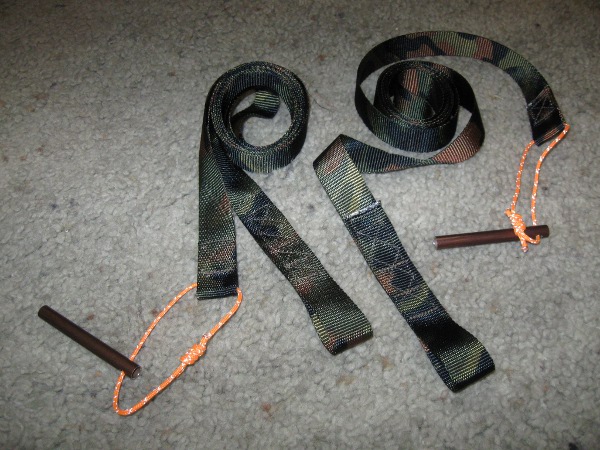I'm by no stretch an expert on this topic, but I doubt the shape (bar, zig-zag, box/x) is nearly as important as the number of stitches and the length of webbing over which the stitches are placed.
I have done box/x is the past, and 4 bartacks once on some tubular webbing (broke so many needles on that stuff..), but the ones I sewed tonight were about zig-zag with about 4 zigs and 4 zagswith about 3 passes each on a zig-zag stitch pattern.
I wonder if you'd really get any difference between a pretty box/x, completely random stitching, or drawing a embroidered art masterpiece given that the number of stitches and the overlap of webbing were equal.





 Reply With Quote
Reply With Quote

 ...
...










Bookmarks